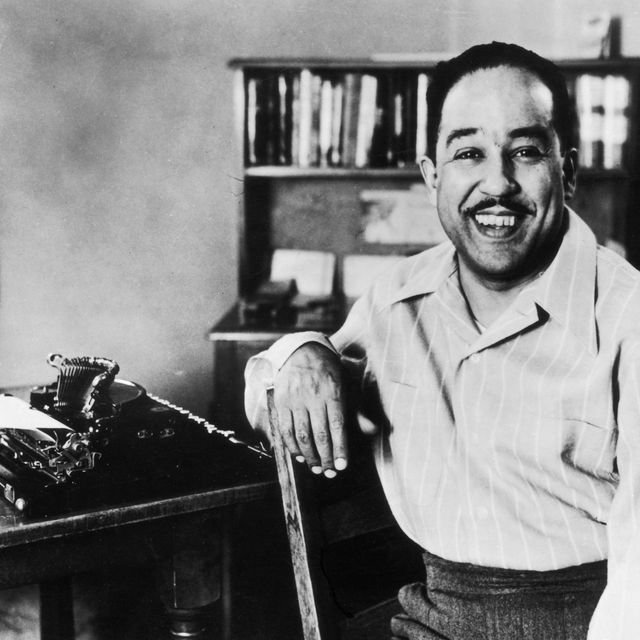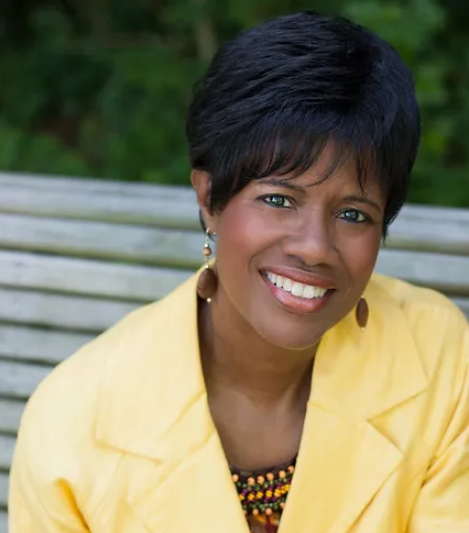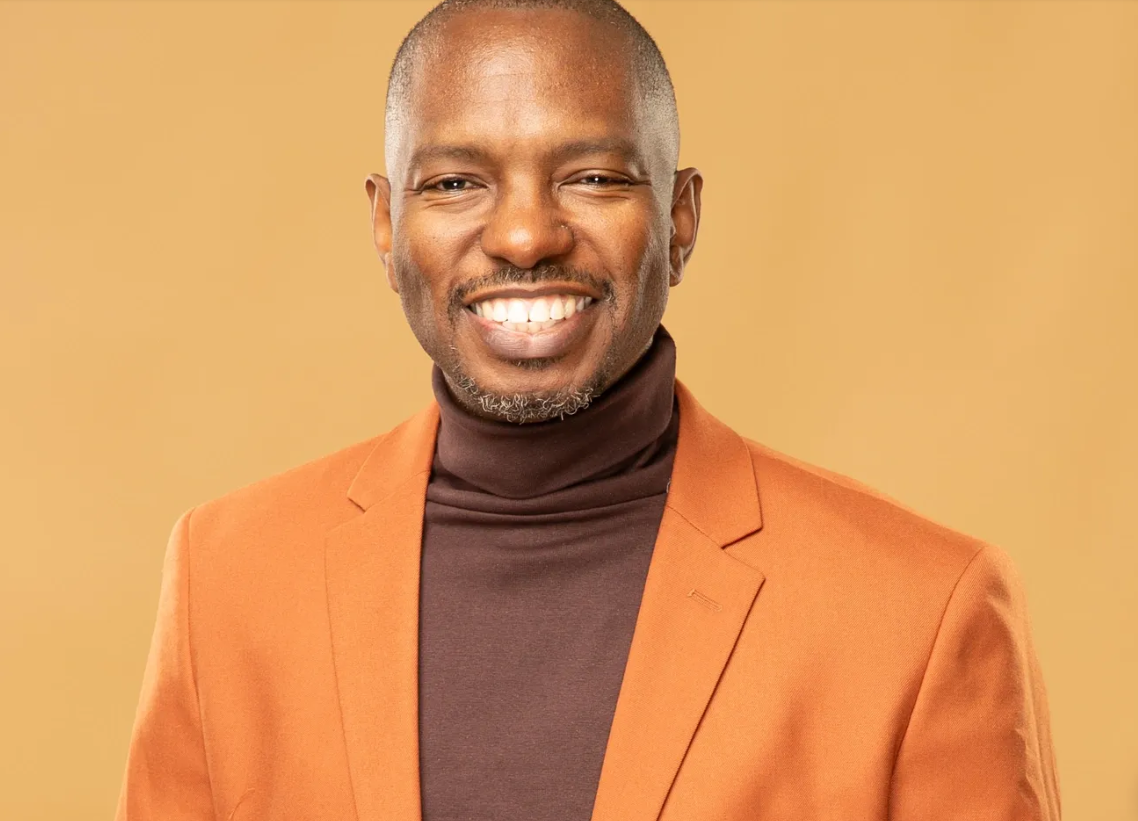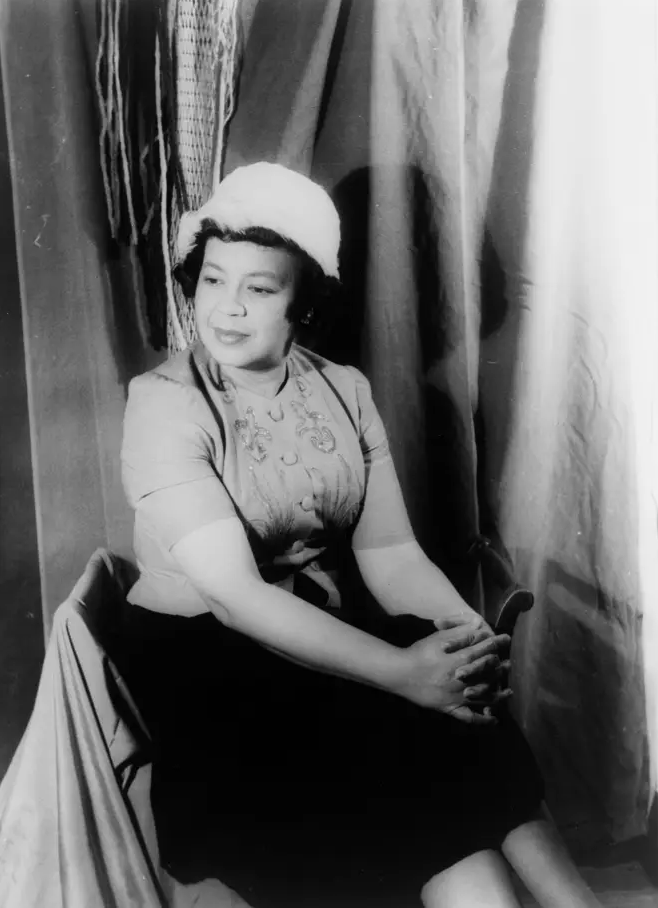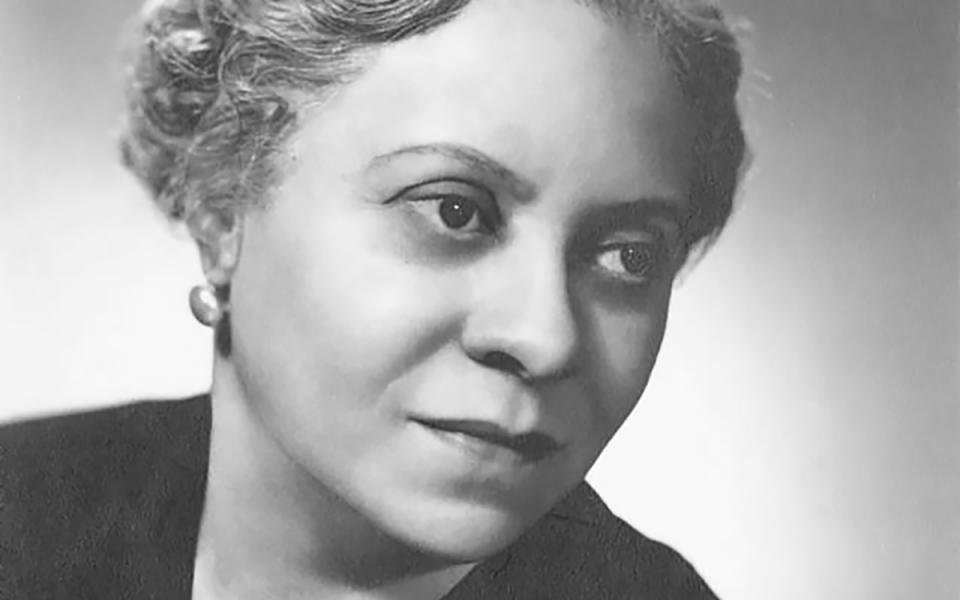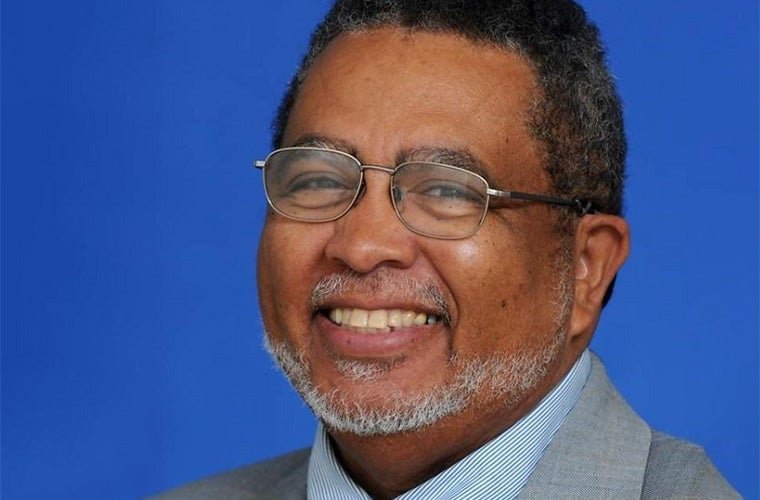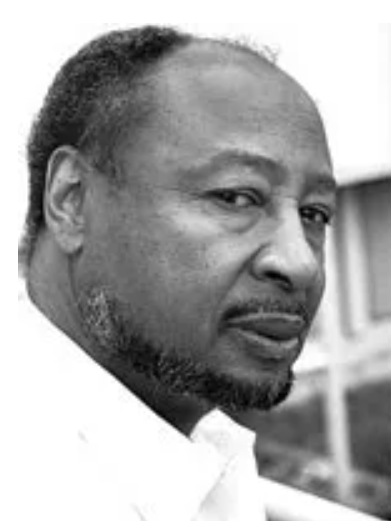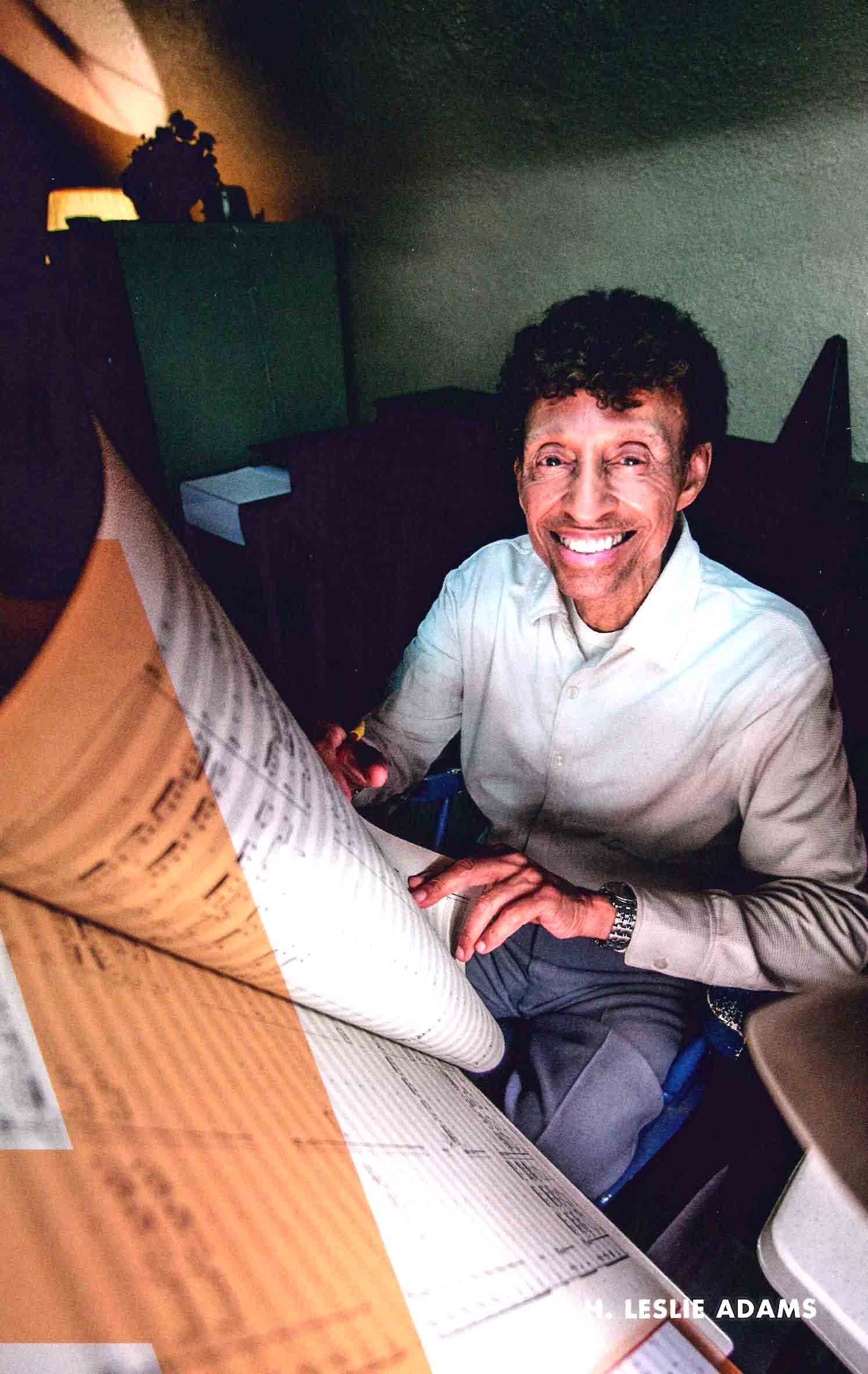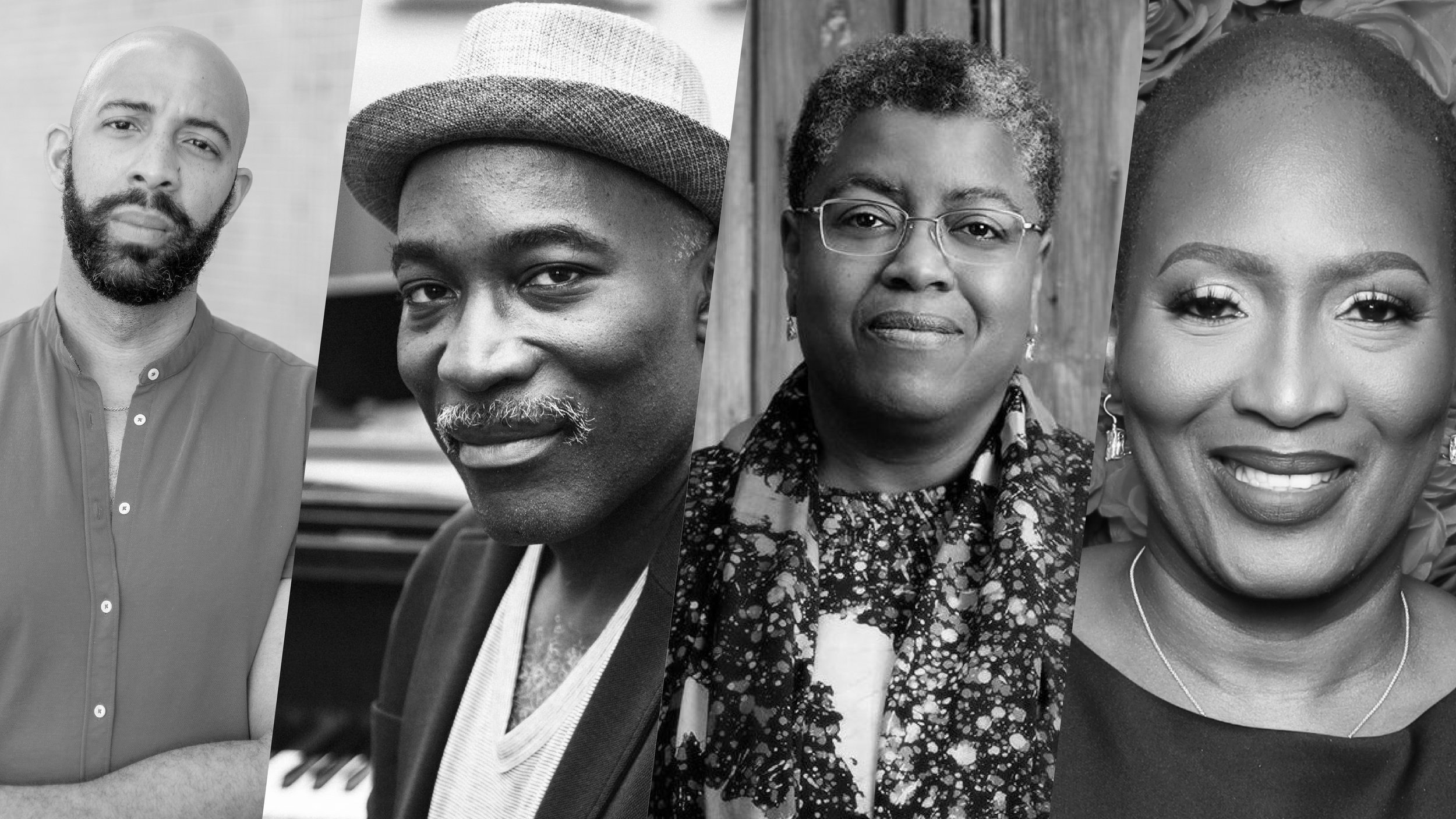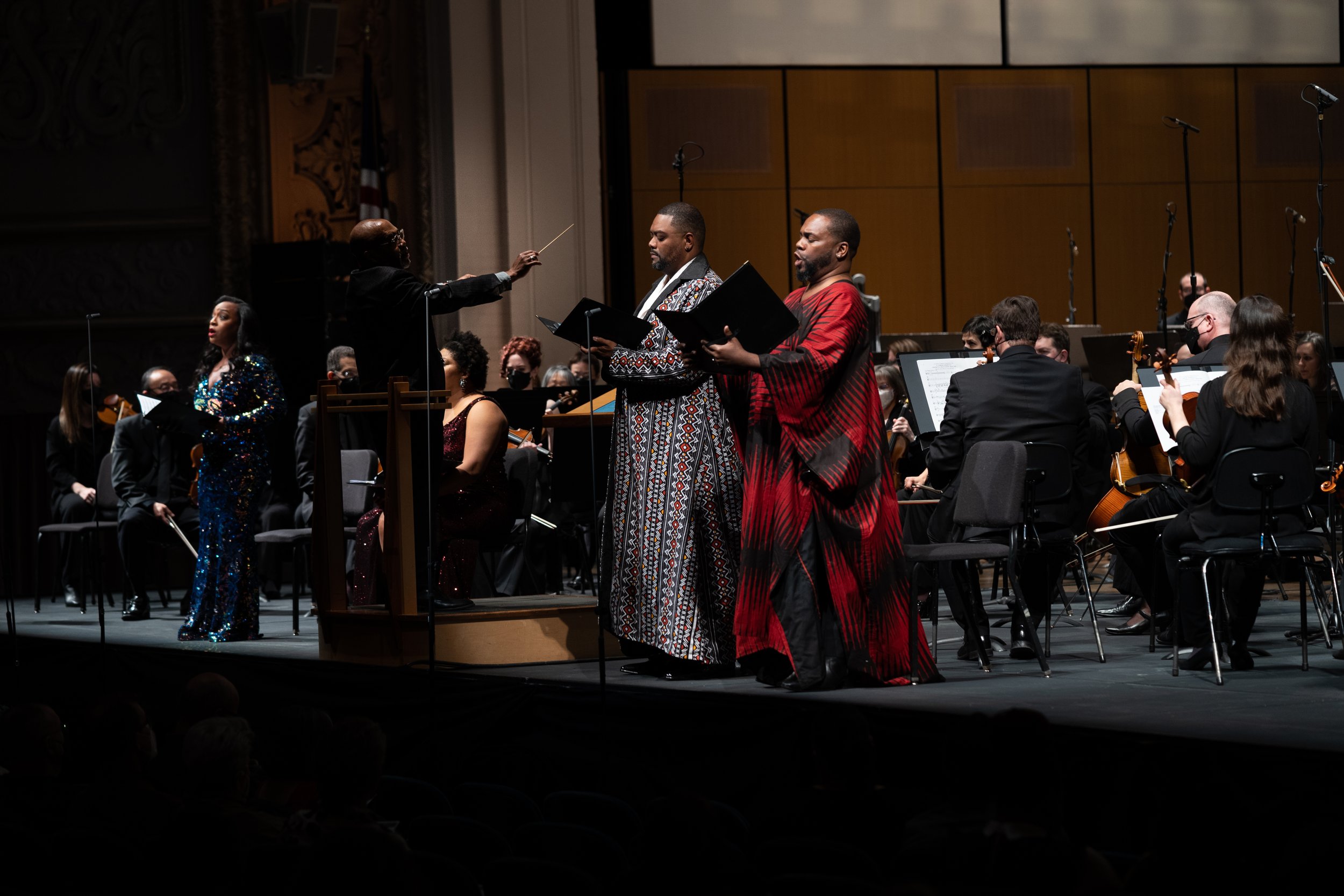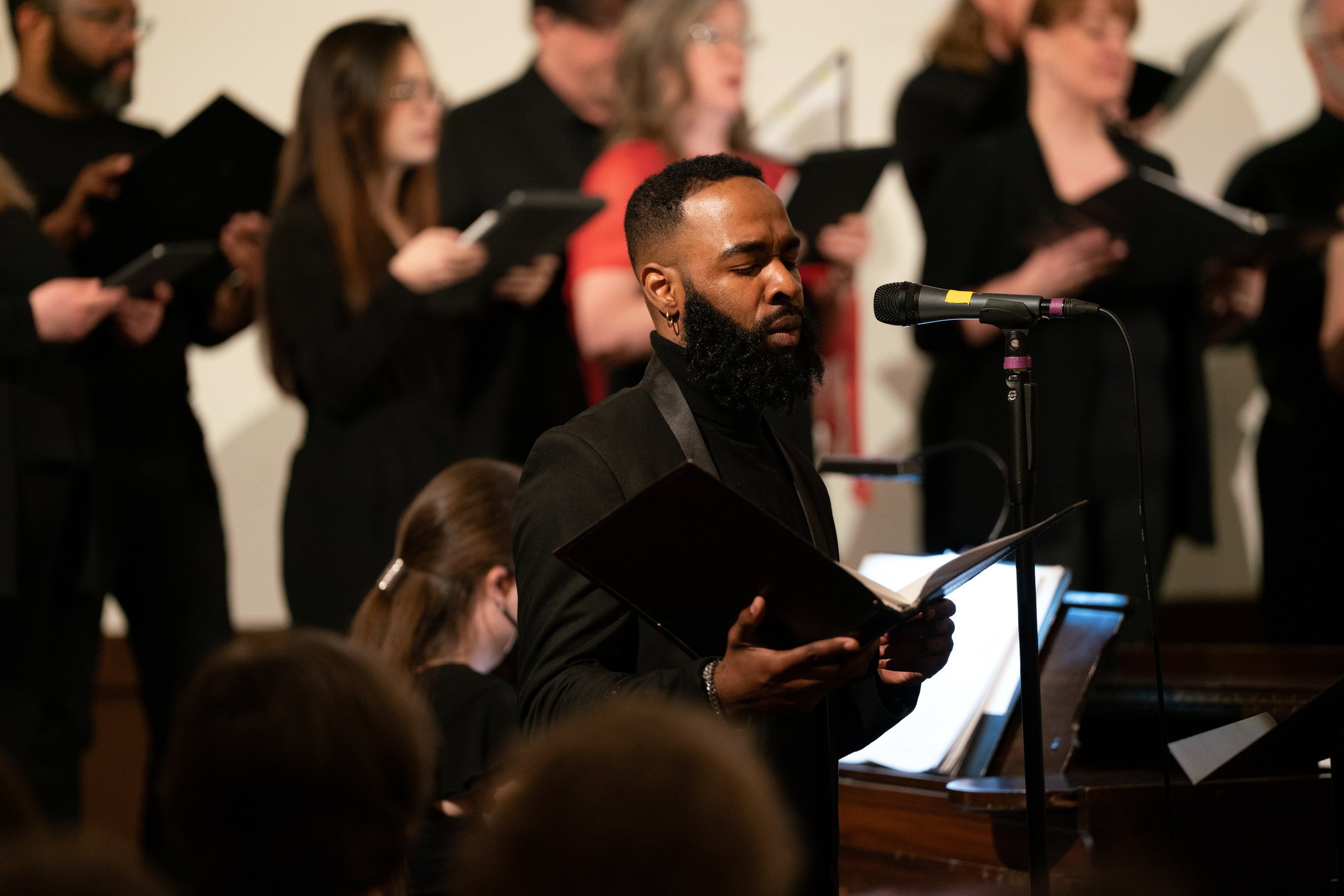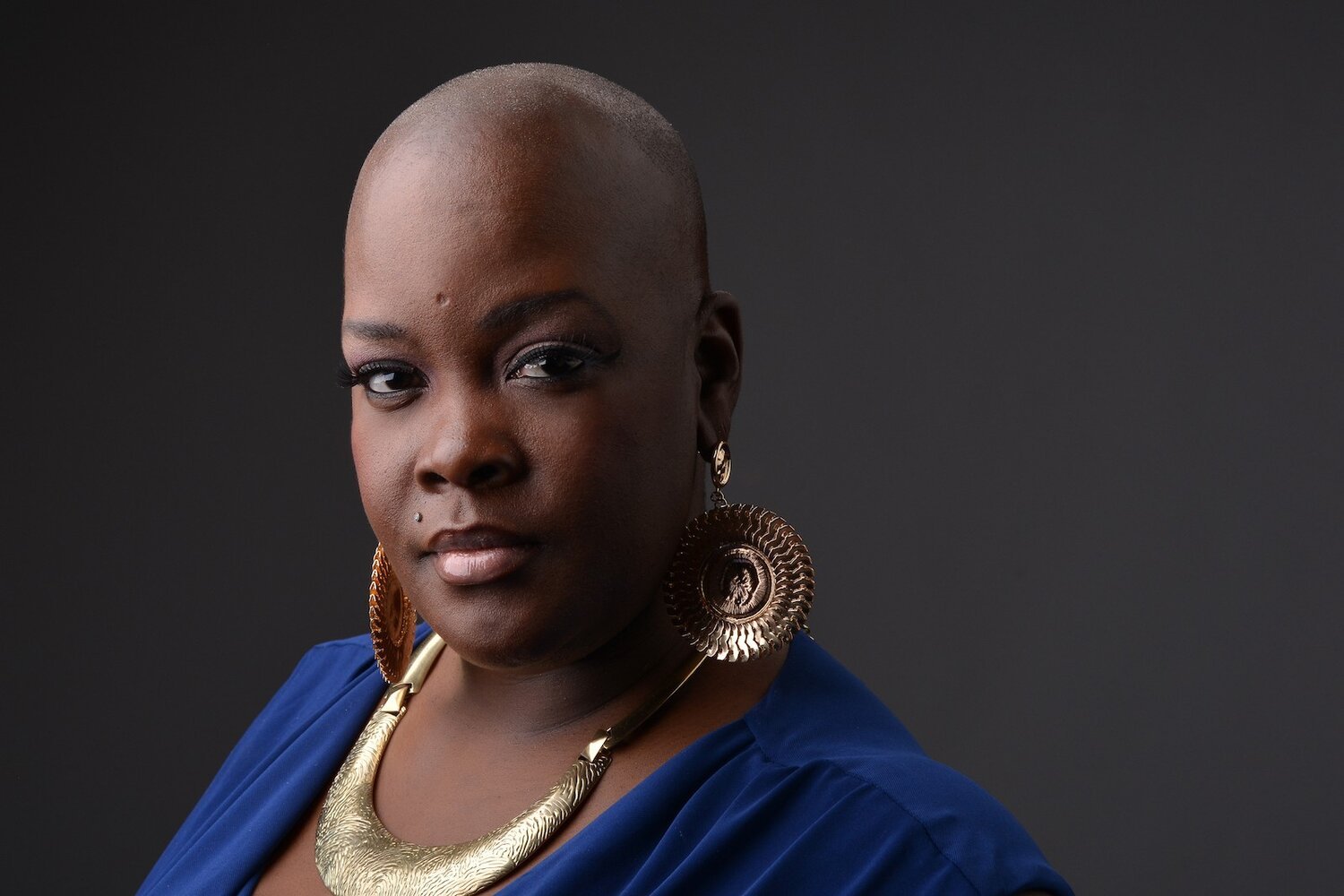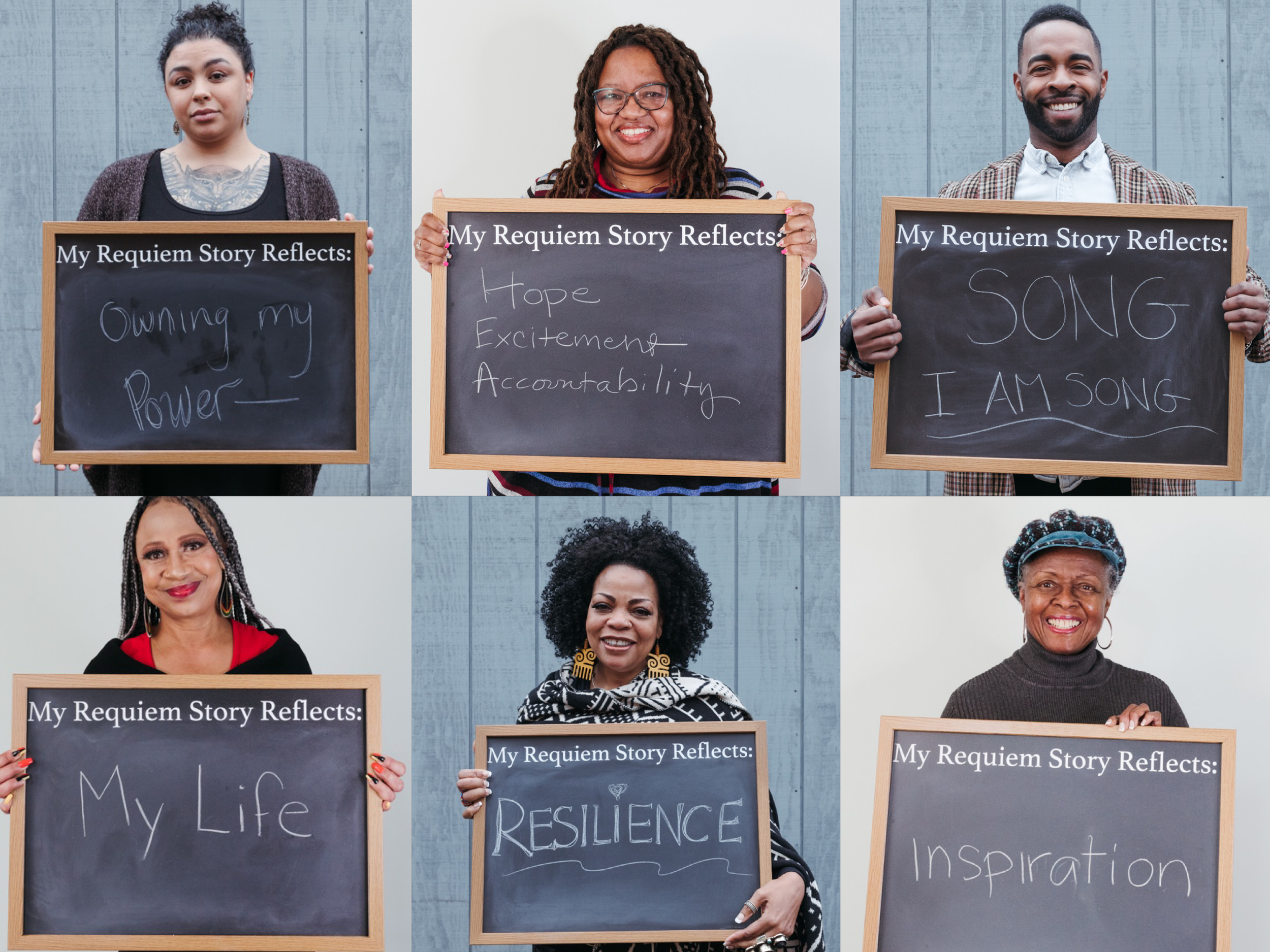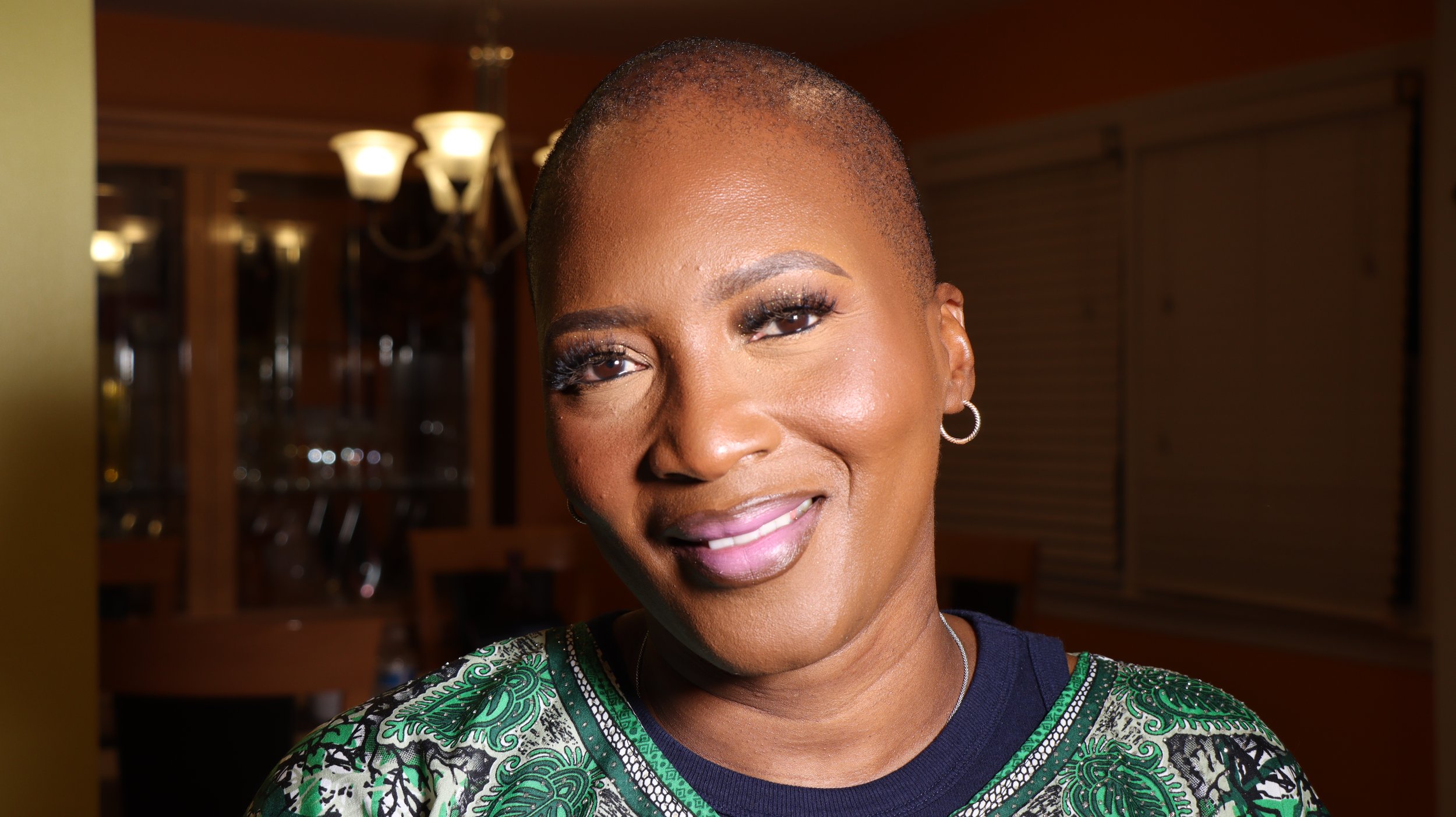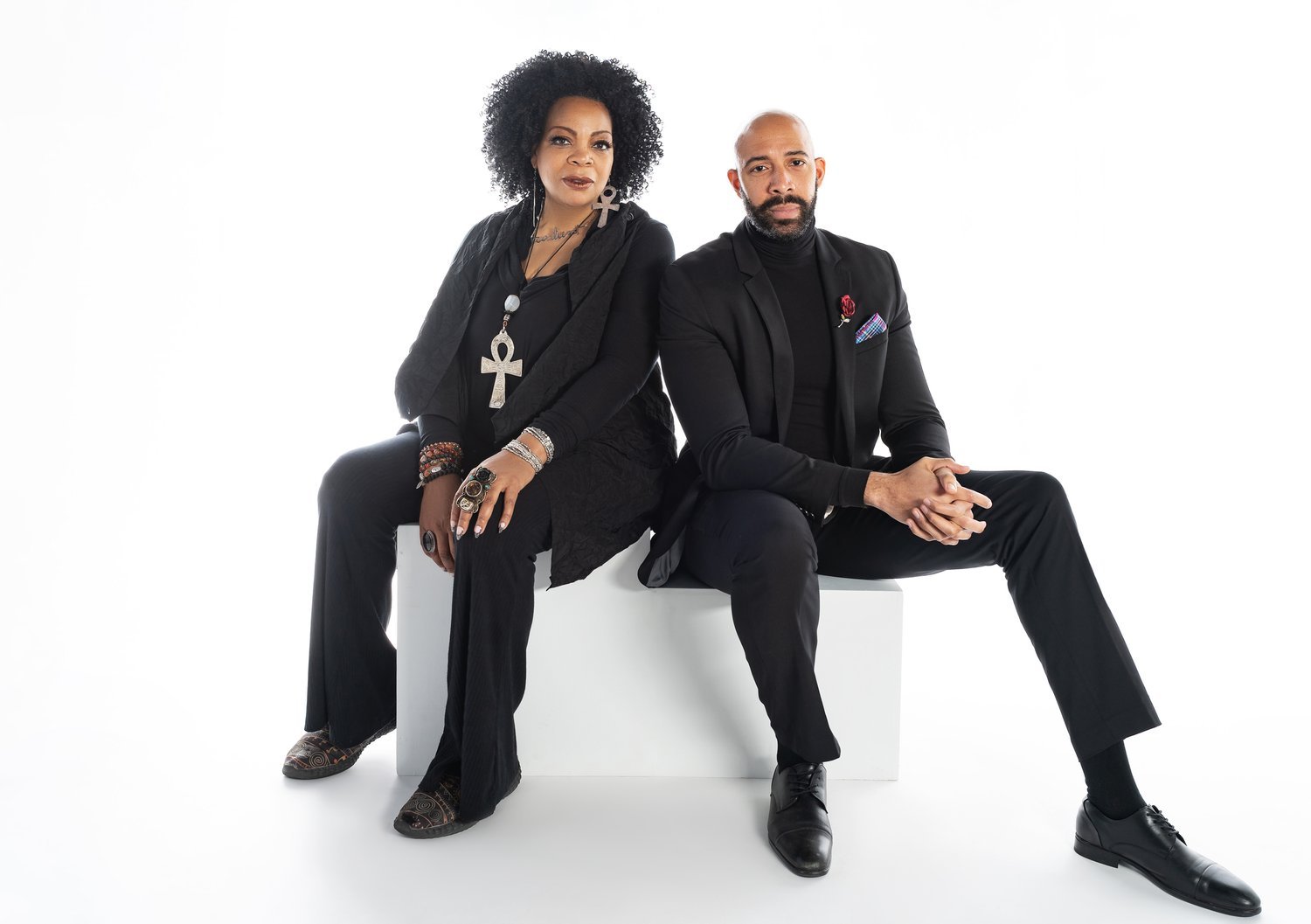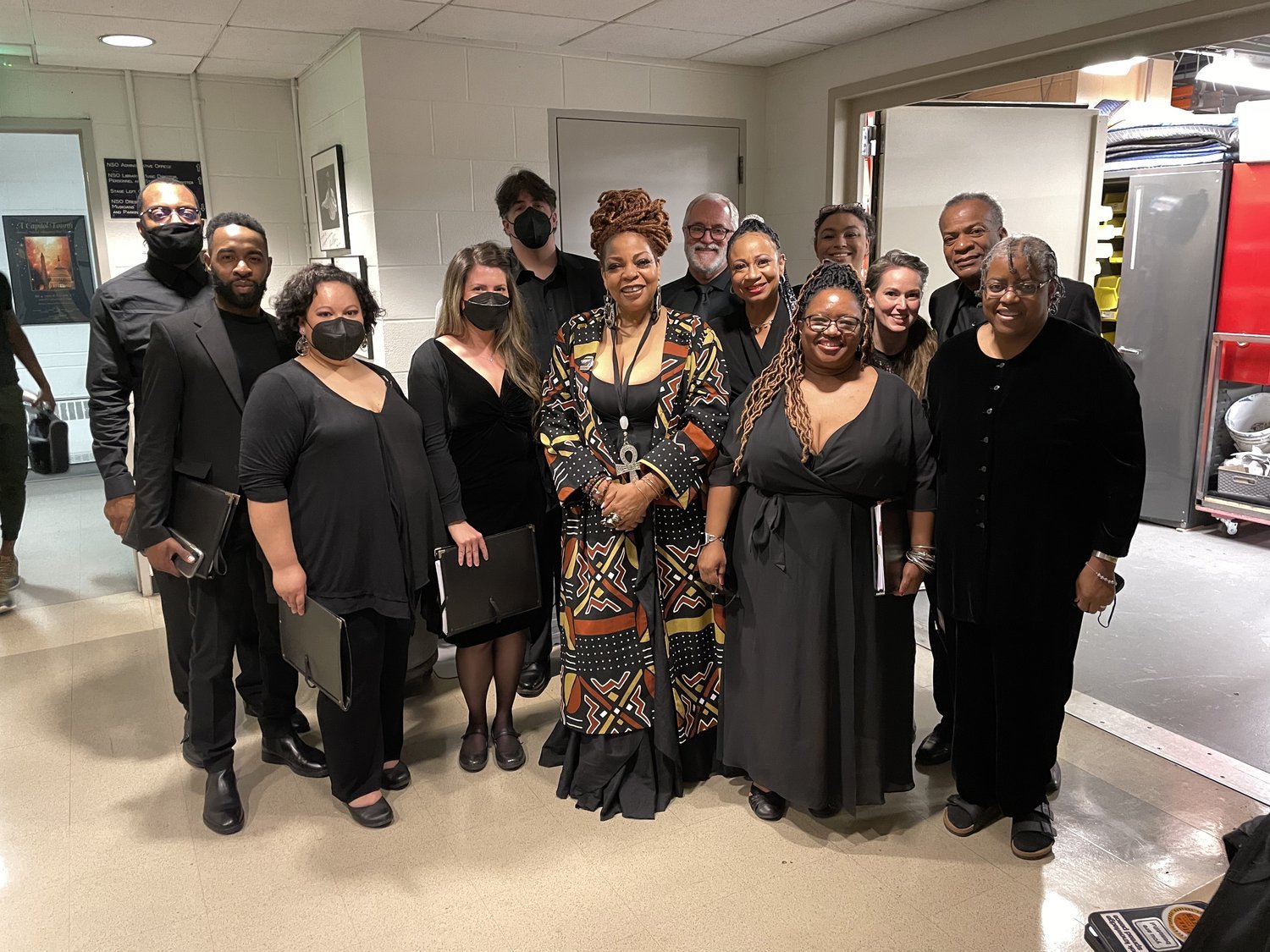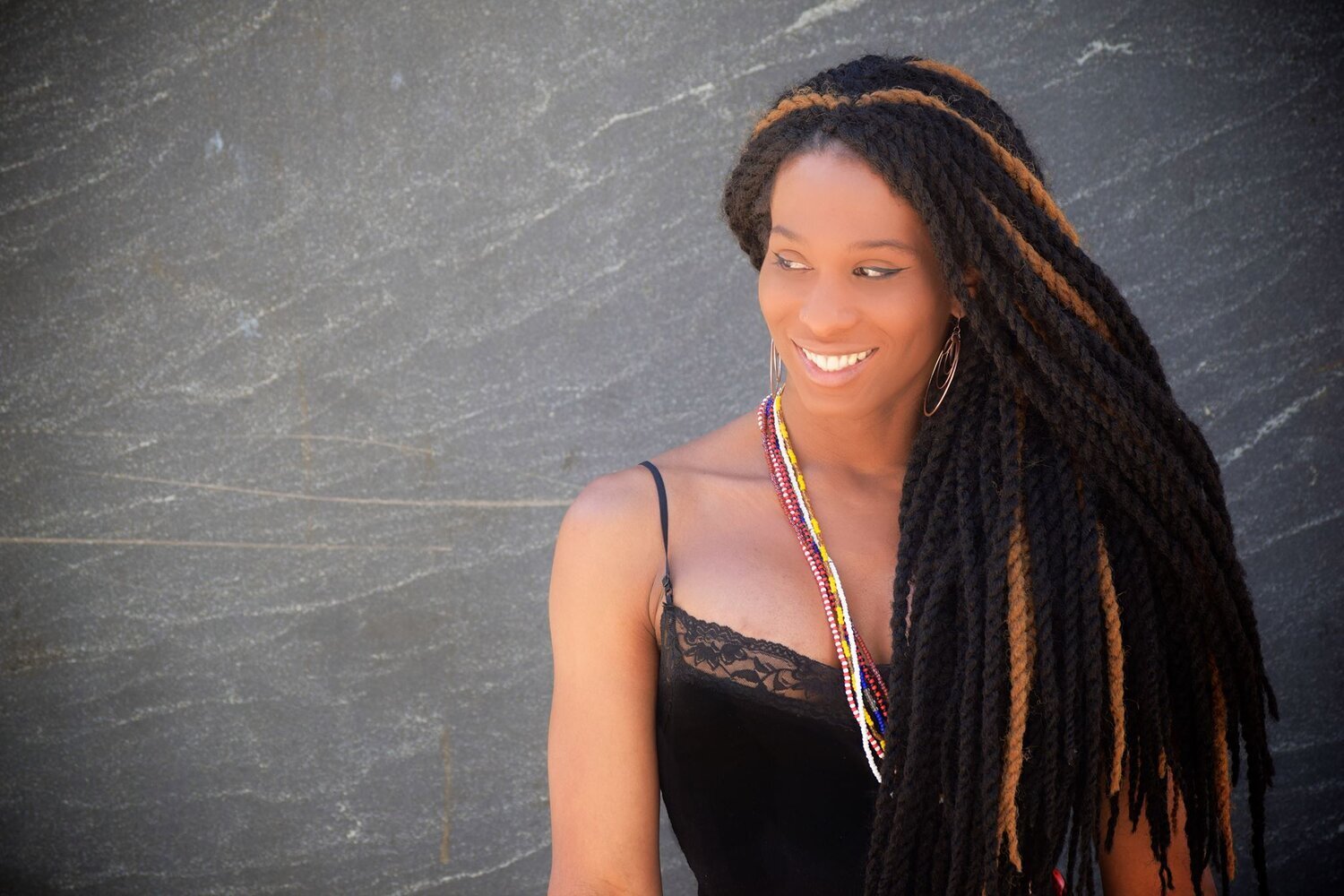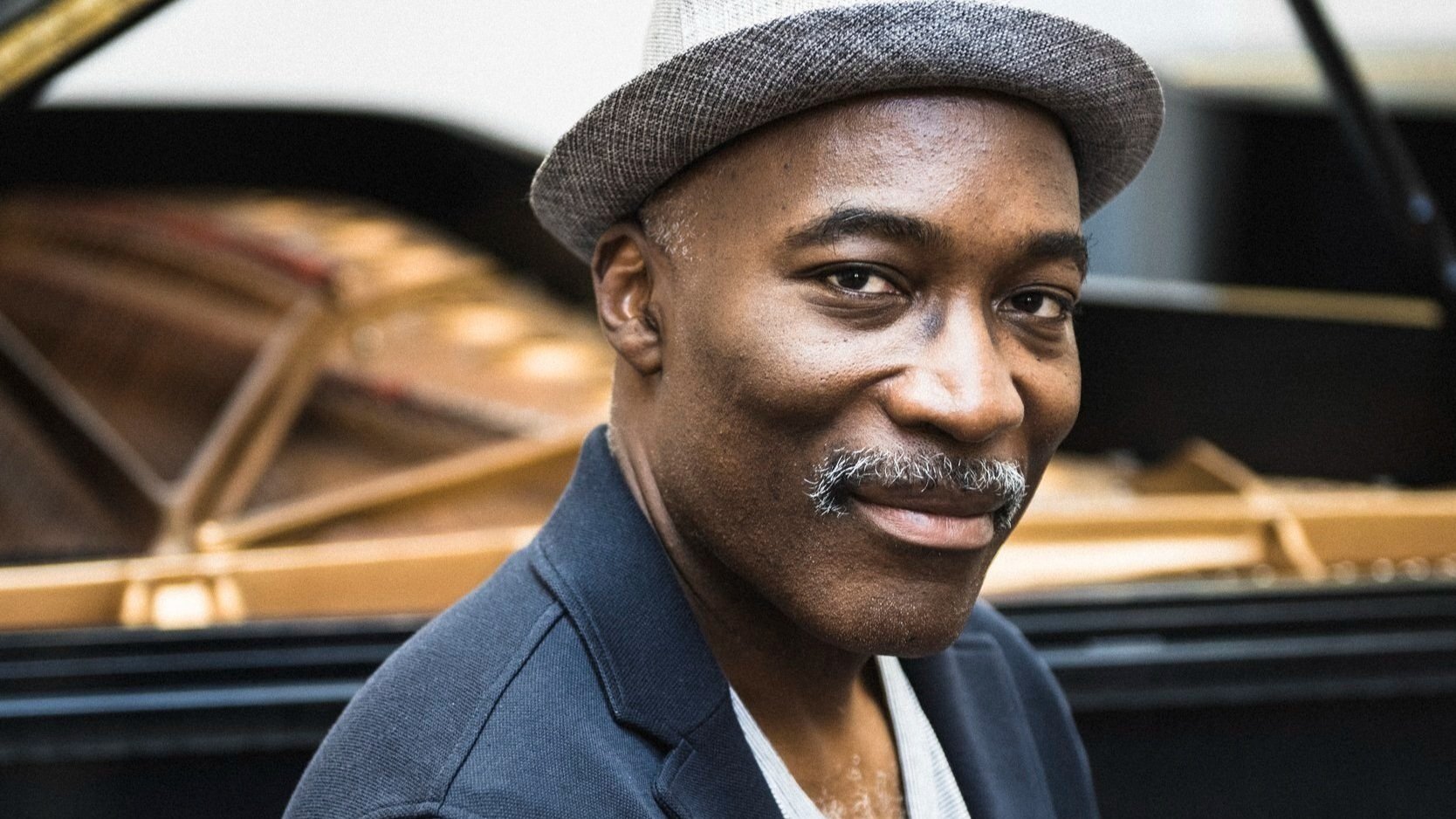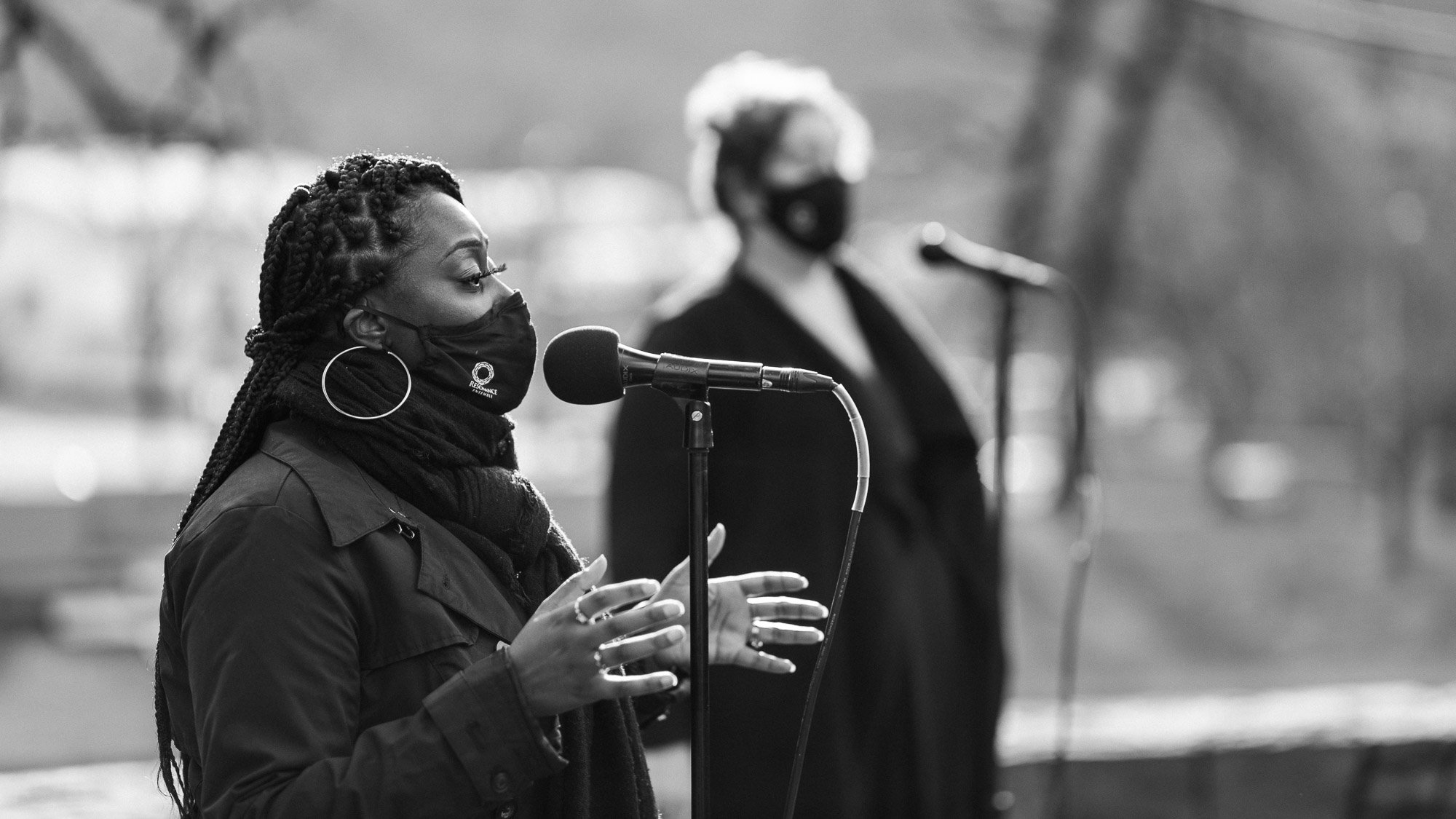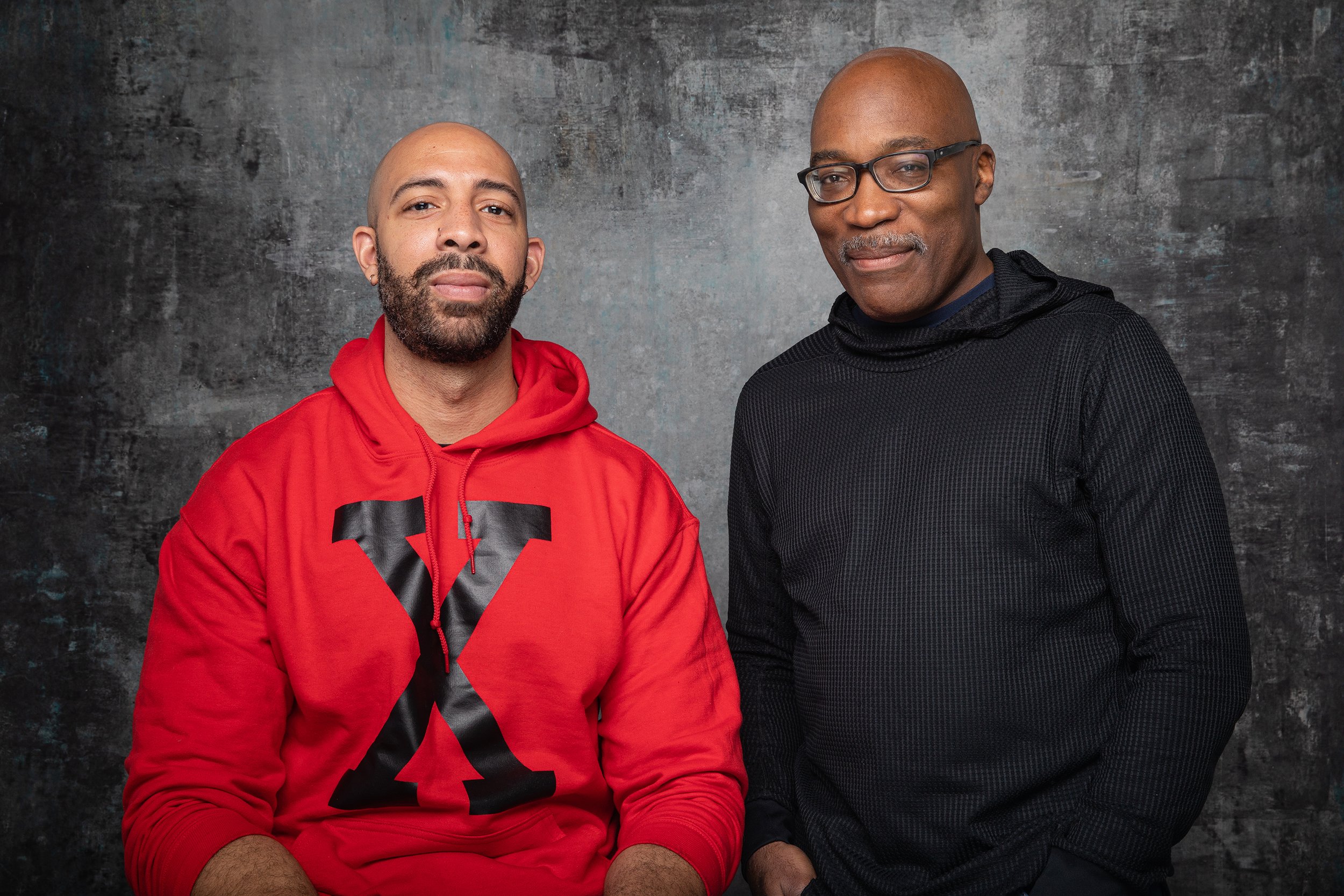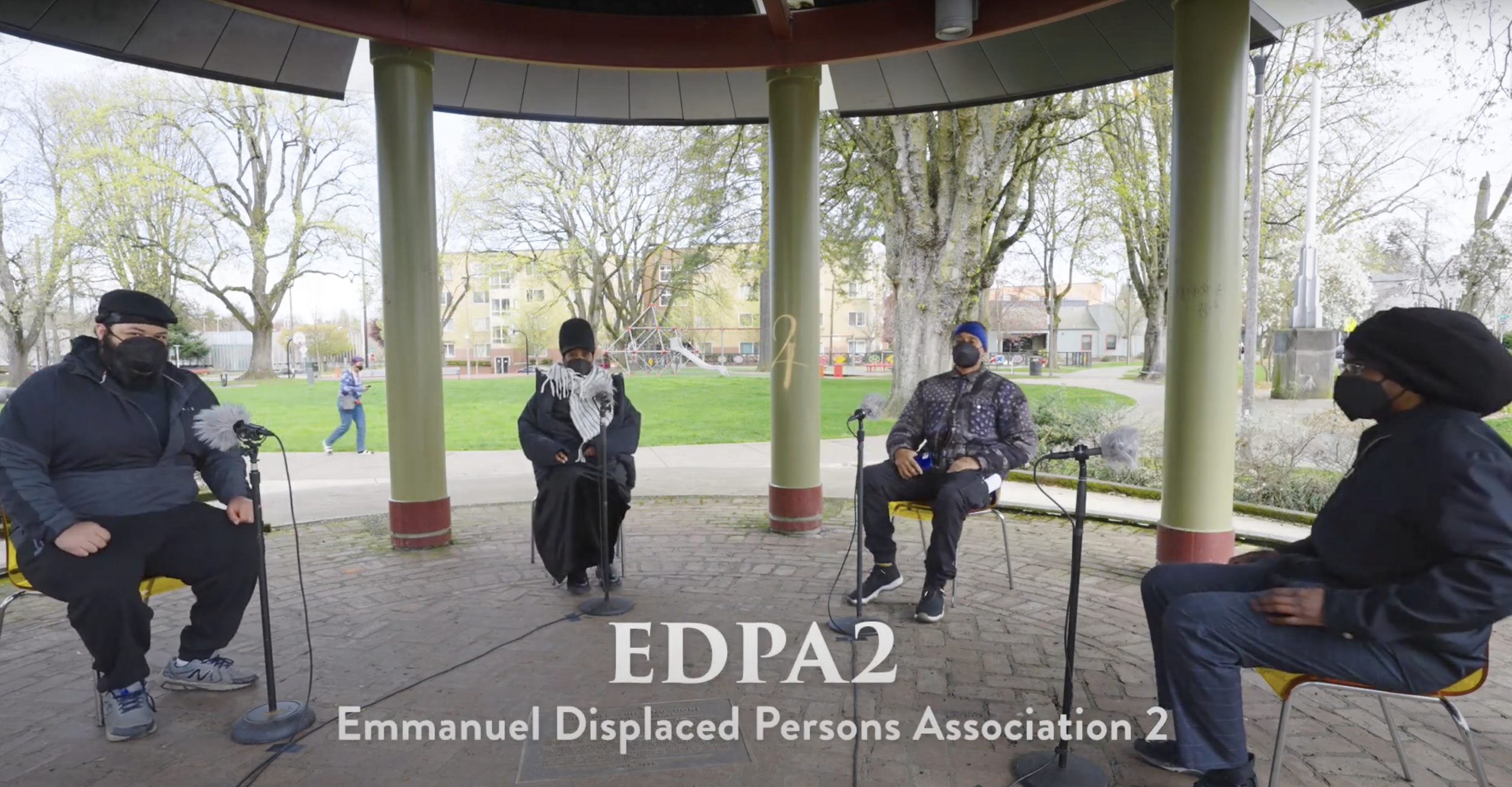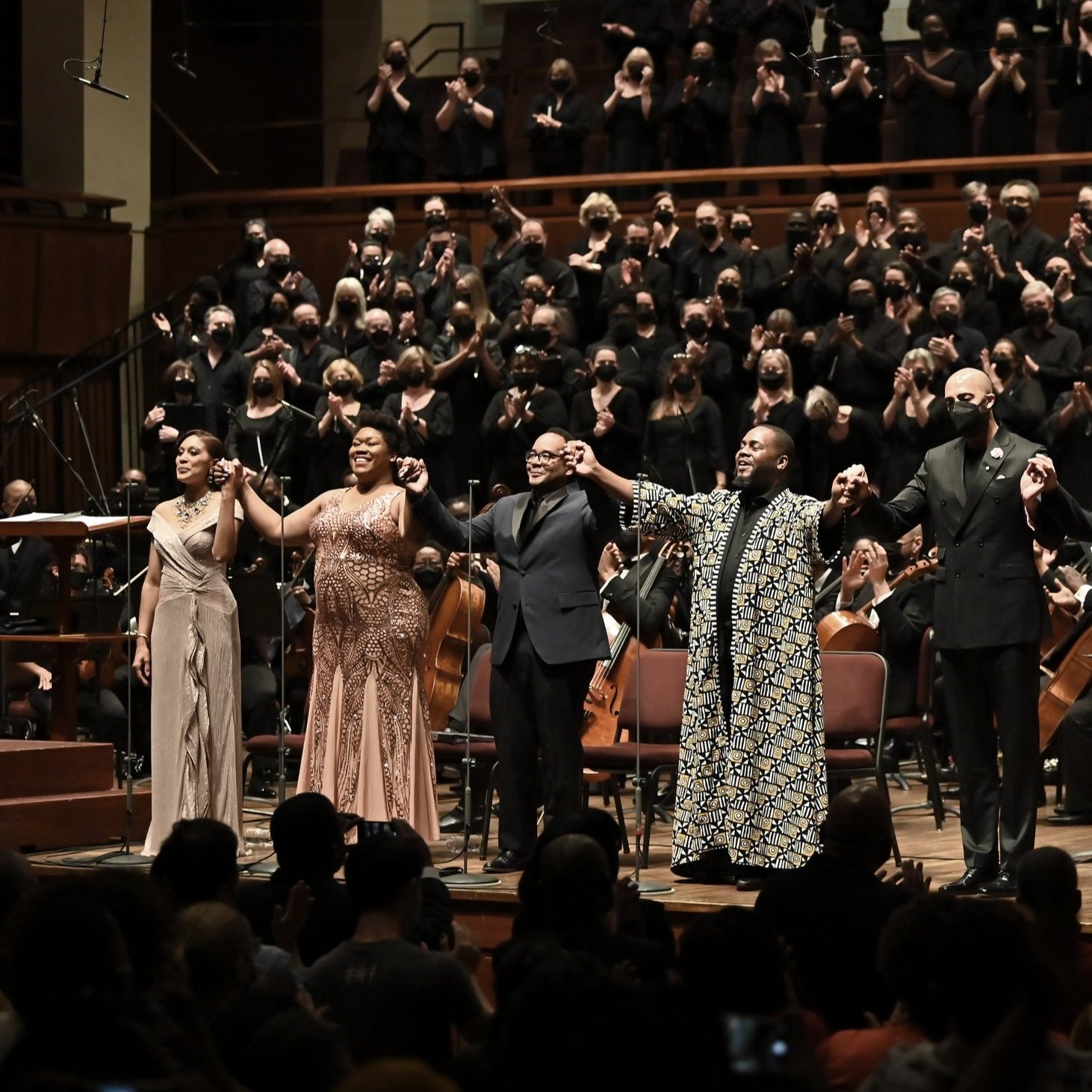Black Art Song | Welcome to the Show!
Looking to dive deeper before or after the show?
Check out these important resources to enhance your experience of the performance.
Program and Concert Schedule
Full Concert Program
Click here to learn more about tonight’s program.
Concert Schedule
Black Artists of Oregon curator, Intisar Abioto
SUNDAY, FEBRUARY 25TH
6:45pm - Doors open
audience members are encouraged to peruse the gallery!
7:15pm - Show begins
(60 minutes with one 15-minute intermission)
9:00pm - Show end
Need directions? Check out our Know-Before-You-Go page!
Enjoying the show? Have something to say?
Please take a few minutes to fill out our audience survey - we appreciate your feedback!
ARTISTS
Click on the images below to learn more about these incredible artists
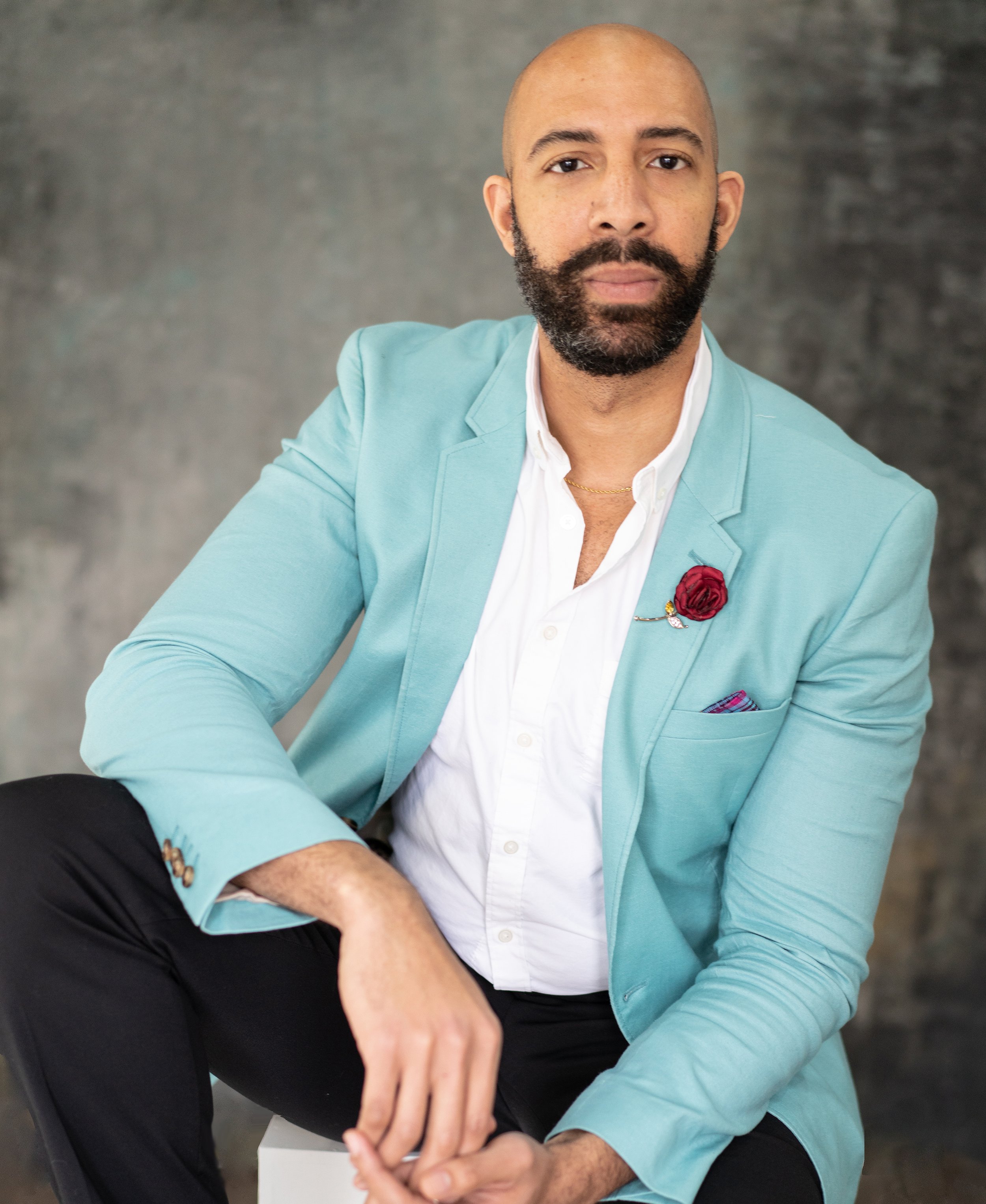
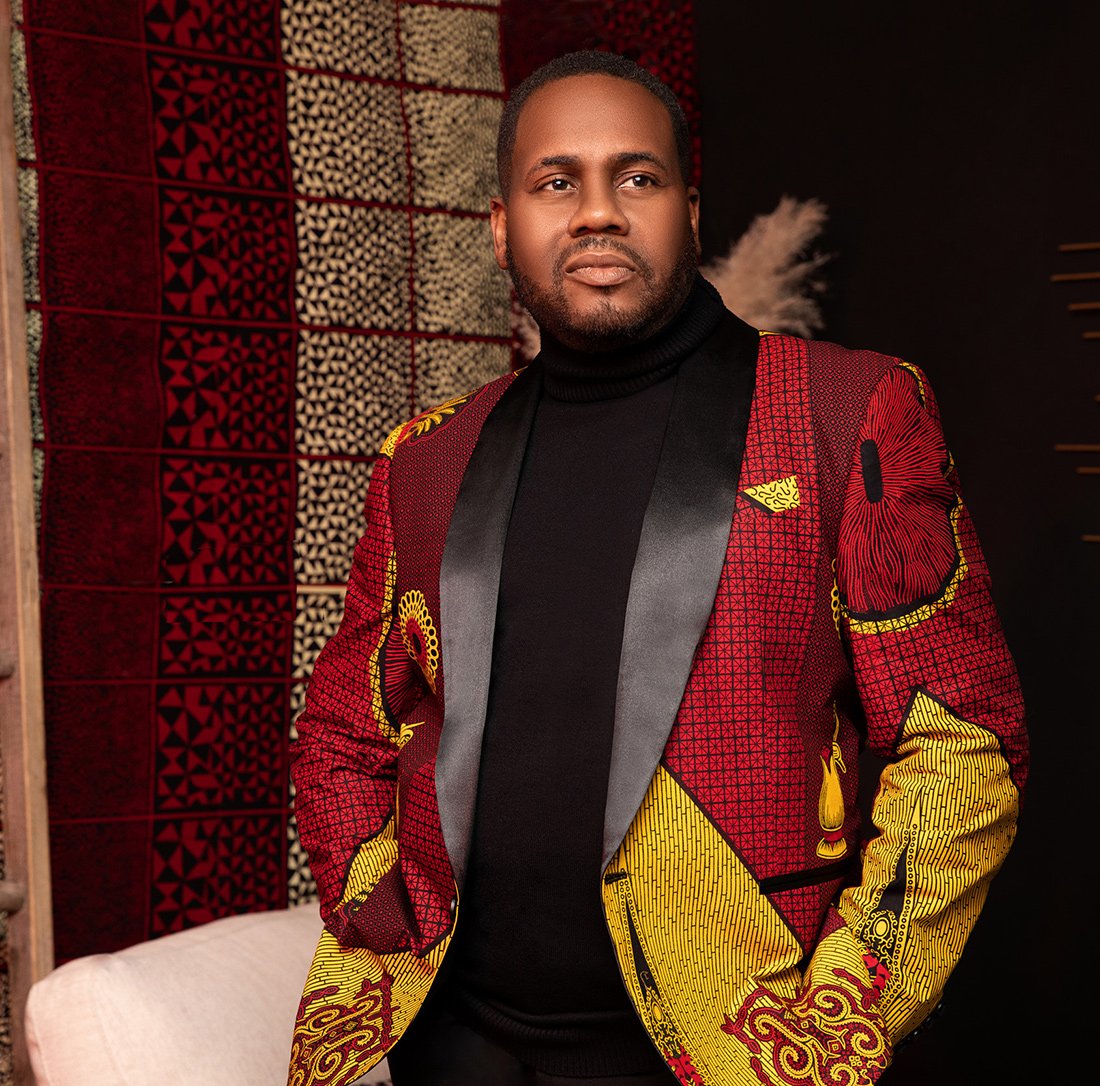
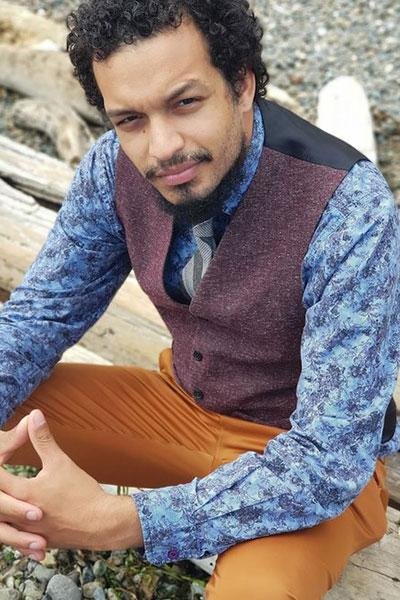
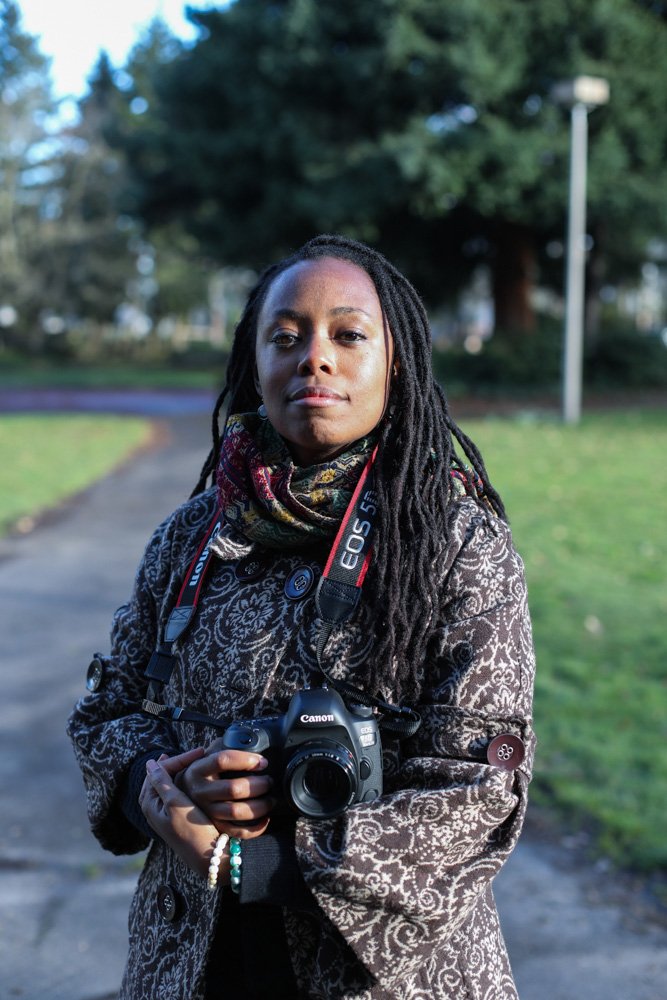
About the Music, the Art, and the Mission
We’ve compiled information about the writers, composers, artists, and more to help you learn more about the world of Black Art Song. From bios, websites, and articles, to podcasts, interactive guides, and more—however you like to explore, we’ve got you covered!
ABOUT THE MUSIC | PROGRAMMED ARTISTS
Featured WRITERS
Langston Hughes
Langston Hughes | Dream Variation (Bonds), Drums of Tragedy (Adams), Note on Commercial Theatre (Bonds), Genius Child (Owens), Prayer (Adams), and Songs to the Dark Virgin (Price)
Often credited as the leader of the Harlem Renaissance (1920’s and -30’s), James Mercer Langston Hughes (1901-1967) was an American writer specializing in poetry, plays, novels, and columns. Hughes and his contemporaries strived to depict the real lives of blacks in the lower social-economic strata—lives he portrayed as full of struggle, joy, laughter, and music. His impact on music, writing, and Black communities in general cannot be overstated. Between his detailed and powerful writings, staunch advocacy for Black equality, and prolific output, it is no wonder, then, that so many Black composers in his lifetime and beyond continue to set his words to music.
Georgia Douglas Johnson
Georgia Douglas Johnson | I Want to Die While You Love Me (Powell)
Poet and playwright Georgia Blanche Douglas Camp Johnson (1880-1966) was another prominent figure during the Harlem Renaissance. In addition to her writing, Johnson also developed a love of music often expressed in her plays and other writings — even composing music of her own for most of her adult life, starting with her study at the prestigious Oberlin Conservatory in Ohio. She hosted regular “salons” at her home, hosting Black luminaries from across a wide swath of artistic disciplines. A staunch anti-lynching activist, her outspoken, dramatic writing about racial violence in particular is sometimes credited with her relative obscurity as a playwright, since such topics were not considered appropriate for a woman at that time. At the time of her death, Johnson had written 200 poems, 28 plays and 31 short stories — she was finally inducted into the George Writers Hall of Fame in 2009.
Edna St. Vincent Millay
Edna St. Vincent Millay | For You There Is No Song (Adams)
Sometimes writing under the name “Nancy Boyd,” Edna St. Vincent Millay (1892-1950) was an American playwright, lyrical poet, renowned social figure, and noted feminist. After moving to the Greenwich Village in 1917 (at the time a haven for bohemian writers), Millay began exploring how to use her writings for social justice issues—including her anti-war play Aria da Capo, her feminist poetry, and writings on sexual liberation. While often the subject of controversy due to her romantic relationships (she was an open bisexual) and sexually explicit writings, the controversy also brought attention—earning nationwide tours to read her poetry. She became the first woman to earn the Pulitzer Prize for poetry, and one of very few women to this day commissioned by the Met to write a libretto for a new opera. While her reputation was later damaged in poetry circles when she supported World War II by writing propaganda (which she justified in response to her fears of rising fascism), she remains an influential — if still controversial — figure among writers today.
James Weldon Johnson
James Weldon Johnson | Sence You Went Away (Adams)
Leader of the NAACP from 1920-1930, James Weldon Johnson (1871-1938) was a civil rights activist and writer. Moving to New York City with his brother (composer John Rosamond Johnson) during the Great Migration, the siblings collaborated on a number of songs—achieving some success on Broadway in the early 1900s, but most notably penning the poem “Lift Ev’ry Voice and Sing” in honor of Booker T Washington (promoted by the NAACP as the “Negro National Anthem”). Public service was always a focus in Johnson’s career, however, working in education, the diplomatic corps, civil rights activism, and was even appointed by president Theodore Roosevelt to act as US consul in Puerto Cabello, Venezuela. After returning to NYC, Johnson was swept up in the Harlem Renaissance, both writing and supporting the work of others—including helping young Black writers get published, and even supporting the efforts of Ignatz Waghalter to establish a classical orchestra of Black musicians. His social activism included anti-lynching campaigns, the self-determination of Haiti, establishments of additional NAACP chapters across the US, and the organization of numerous protests.
From Night, by Florence Price
Louise C. Wallace | Night (Price)
There is precious little information available about Louise C. Wallace (1902-1973) outside of her relationship to Florence Price. In addition to the poem featured on tonight’s program — “Night,” set in 1946 by Price — Wallace’s poem, “To a Loved One” (1926), was submitted by Price to The Crisis magazine in February of 1926 with a note that read “There is no one close to encourage her. Her mother is dead. . . . She has never been to college for she’s been too busy sending all the other brothers and sisters there. This self-effacing girl shows ability, fineness of character and generosity.”
Paul Laurence Dunbar
Paul Laurence Dunbar | Goodnight (Hailstork)
Paul Laurence Dunbar (1872-1906) was an American writer, poet, novelist, and short-story writer. Dunbar became one of the first African-American writers to establish an international reputation, the first-known important African American sonnet writer, one of the first African American writers to write a work solely about white society, and also wrote the lyrics for the musical comedy, In Dahomey (1903)—the first all-African-American musical produced on Broadway. Dunbar was prolific during his all-too-short career, publishing a dozen books of poetry, four books of short stories, four novels, the musical, and a play. In 1897 Dunbar traveled to England for a literary tour, where he met the young black composer Samuel Coleridge-Taylor, who set some of Dunbar's poems to music. In his lifetime, he worked with over a dozen composers, with many more setting his words to music after his death. In addition to his writings, Dunbar was active in uplifting African Americans and promoting civil rights.
Featured COMPOSERS
Click on the images below to check out more information about the composers on tonight’s program, explore their stories, and listen to more of their work!
ABOUT THE ARTWORK | THE BLACK ARTISTS OF OREGON EXHIBIT
READ | ABOUT THE EXHIBIT
Beginning in the 1880s and spanning through today, Black Artists of Oregon captures the Black diasporic experiences particular to the Pacific Northwest with 69 artists and over 200 objects! Check out the Portland Art Museum’s page on the exhibit to learn more.
Visiting the gallery with younger viewers? Check out this interactive activity guide from Portland Art Museum!
LISTEN | BLACK ARTISTS OF OREGON PODCAST
“...creatives of color are behind these doors making good on a promise we’ve made to the community. We’re cooking up and delivering LIBERATED BLACK MEDIA.”
For the Black Artists of Oregon exhibit, The Numberz FM and the Portland Art Museum have partnered to develop a podcast series — starting in August of 2023, new episodes will air throughout the exhibition, including a closing episode where curator Instisar Abioto reflects on the exhibition.
Ep 1 | Ep 2 | Ep 3 | Ep 4 | Ep 5 | Ep 6
EXPLORE | Featured Artists
The Portland Art Museum has compiled this incredible list of the artists featured in the exhibit - including links to more information when available! Explore the work of Black artists
manuel arturo abreu (b. 1991)
damali ayo (b. 1972)
Natalie Ball (b. 1980)
J.S. Bell (1882-1925)
Harrison Branch (b. 1947)
Nikesha Breeze (b. 1979)
Grafton Tyler Brown (1841-1918)
Richard Brown (b. 1939)
Iván Carmona Rosario (b. 1973)
David Ornette Cherry (1958-2022)
Ralph Chessé (1900-1991)
Robert Colescott (1925-2009)
Licity Collins (b. 1972)
Adriene Cruz (b. 1953)
Cleo Davis (b. 1974)
Jeremy Okai Davis (b. 1979)
Baba Wagué Diakité (b. 1961)
Penda Diakité (b. 1992)
Modou Dieng Yacine (b. 1970)
Sadé DuBoise (b. 1993)
Ray Eaglin (1941-2004)
Eatcho (b. 1980)
Mo Fee (1969 – 2020)
Bobby Fouther (b. 1950)
Henry Frison (1940-2020)
Julian V.L. Gaines (b. 1991)
Al Goldsby (1930-2002)
Sherrian Haggar (1946-2019)
Elijah Hasan (b. 1966)
Patricia Herron (b. 1951)
Jason Hill (b. 1976)
Janice Ingersoll (b. 1949)
Tristan Irving (b. 1990)
Lisa Jarrett (b. 1977)
Jaleesa Johnston (b. 1989)
Nick Jones (b. 1945)
Arnold Kemp (b. 1968)
Rupert Kinnard (b. 1954)
ebin lee (b. 1989)
Charlotte Lewis (1934-1999)
Geeta Lewis (b. 1956)
Mark Little (b. 1948)
Willie Little (b. 1961)
Latoya Lovely (b. 1982)
Ivan McClellan (b. 1982)
Chris McMurry (b. 1970)
Christine Miller (b. 1990)
sidony o’neal (b. 1988)
Katherine Pennington (b. 1953)
Otis Quaicoe (b. 1988)
J.L. Quenton (b. 1953)
Cole Reed (b. 1973)
Philemon Reid (1945-2008)
Bill Rutherford (b. 1937)
Isaka Shamsud-Din (b. 1940)
Arvie Smith (b. 1938)
Melanie Stevens (b. 1979)
Thelma Johnson Streat (1911-1959)
Kayin Talton-Davis (b. 1980)
Charles Tatum (1937-2008)
Mickalene Thomas (b. 1971)
Sharita Towne (b. 1984)
Thomas Unthank (b. 1936)
Maya Vivas (b. 1990)
Samantha Wall (b. 1977)
Carrie Mae Weems (b. 1953)
Shedrich Williames (b. 1934)
Tammy Jo Wilson (b. 1974)
Mosley Wotta (b. 1983)
ABOUT THE MISSION | DONORS FOR BLACK EXCELLENCE IN THE ARTS
Tonight’s performance marks the very first program sponsored by the new Donors for Black Excellence in the Arts initiative. Developed and led by Resonance Board Member, writer/activist A. Mimi Sei, the program seeks to honor Black creatives in a wide array of disciplines—every day of the year. Learn more about how you can support incredible Black Artists at the link below!
UP NEXT FROM RESONANCE ENSEMBLE
AMENDMENT | RIGHTING OUR WRONGS
Saturday March 16 @Oregon Historical Society
Sunday, March 17 @Alberta Rose Theatre
Bringing you the music of three powerhouse composers who use their voices to fight injustice, we’ll perform works by Joel Thompson (best known for his powerful choral work Seven Last Words for the Unarmed), as well as a new work by Melissa Dunphy (the composer of LISTEN) – Amendments: Righting Our Wrongs, a work that “juxtaposes the voices of the founding fathers with the voices of minority women fighting for universal voting rights.”
The evening culminates in the world premiere of our latest commission by beloved Oregon composer Darrell Grant and poet A. Mimi Sei.
SWEET HONEY IN THE ROCK® | WITH RESONANCE ENSEMBLE
Friday, April 5th @The Patricia Reser Center for the Arts
Saturday, April 6th @The Armory
While we were deeply saddened by the cancellation of our collaboration with Bobby McFerrin due to health concerns, Resonance is thrilled to soon announce the powerhouse a capella group, Sweet Honey in the Rock® will be coming to Portland and Beaverton this April as part of their 50th anniversary celebration.
Opening for this iconic vocal ensemble, Portland’s own Resonance Ensemble will feature the work of three powerhouse composers - Damien Geter, Emmy-award winning Jasmine Barnes, and Cecille Elliot - to kick off the evenings of performances.
MISSION 15 | A 15TH ANNIVERSARY CONCERT
Saturday, June 8th @The Winningstad Theater
One-night only special event!
Join us for this special fifteenth anniversary finale concert. We celebrate this special birthday with a performance of 15 audience-favorite Resonance commissions—including works from fan favorites like Cecille Elliott, Damien Geter, Joe Kye, Kenji Bunch, and more. This showcase speaks (sings) for itself, highlighting the mission-based art we have championed and the brilliant composers who created it.
In case you missed it…
Resonance Ensemble has been busy the last few years! Check out a few of our projects, videos, and more below:



